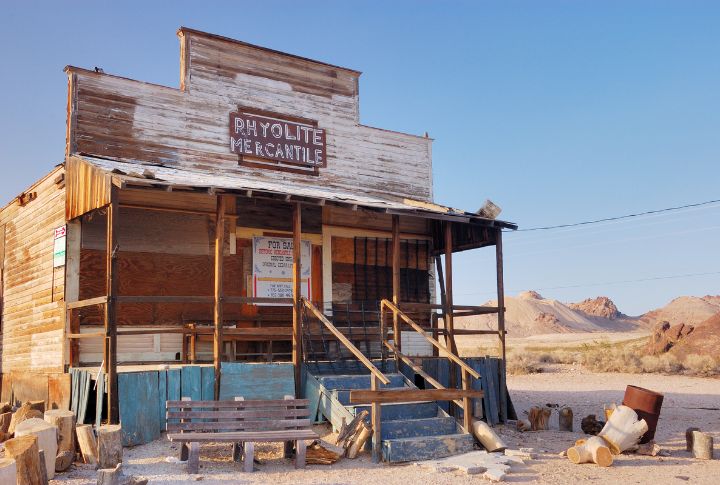
Once, they were the backdrop of American life, filled with parades and weekend joy. Today, most people pass them without a second glance. What changed? Some were replaced, others forgotten, and a few simply outlived their purpose. Stick around to uncover how these once-revered public spaces lost their crowds but kept their ghosts.
Lake Dolores Waterpark, California
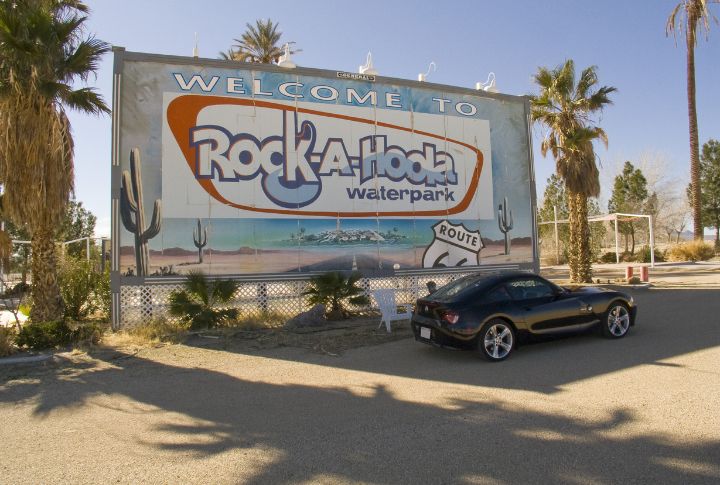
Beneath the Mojave Desert sun, Lake Dolores Waterpark opened in 1962 as America’s first waterpark. Decades later, financial troubles and a serious accident led to its closure in 2004. Known later as Rock-A-Hoola and Discovery Waterpark, its drained pools now attract skateboarders and graffiti artists.
Chippewa Lake Park, Ohio

Ohio’s Chippewa Lake Park first welcomed guests in the late 1800s and continued its run until 1978. When it closed, the rides were simply left behind. The Ferris wheel and roller coaster stood untouched for decades, slowly swallowed by trees. It’s a century of joy fading into green oblivion.
Penn Hills Resort, Pennsylvania
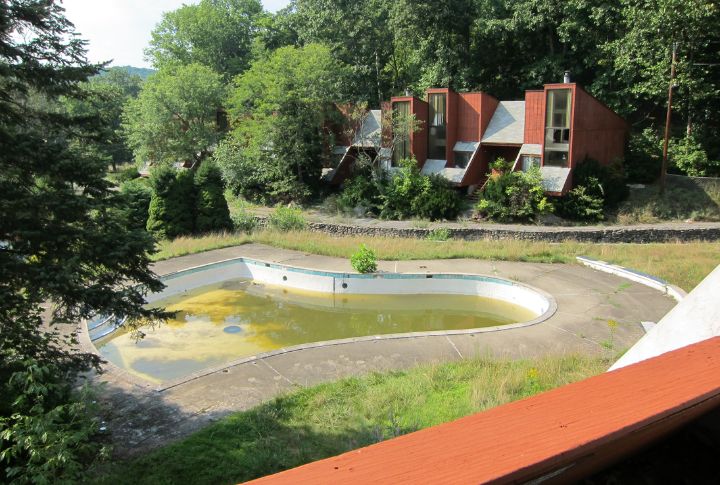
In 1944, a honeymoon haven bloomed in Pennsylvania’s Pocono Mountains—Penn Hills Resort. Famous for its heart-shaped tubs and circular beds, it defined mid-century romance. However, when the owner passed away in 2009, debts followed, and it shut its doors for good. Now, photographers wander through crumbling cabins and faded pink walls.
Williams Grove Amusement Park, Pennsylvania
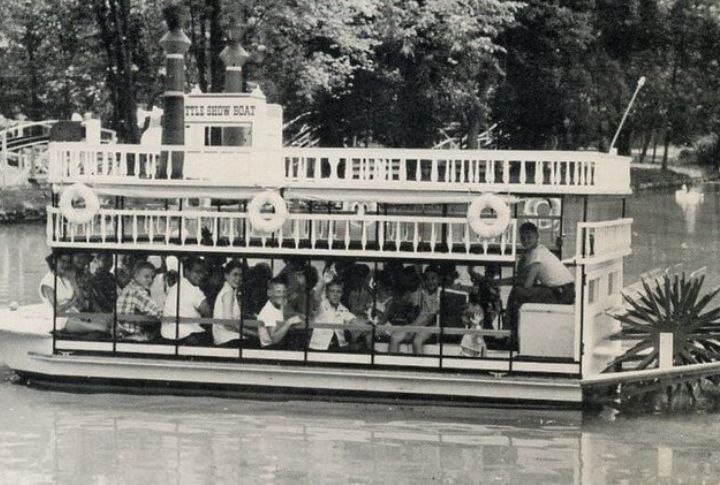
Williams Grove Amusement Park began as a 1850s picnic ground before Roy Richwine upgraded it in 1924 with rides like Zipper and Laff in the Dark. The Williams Grove Speedway opened nearby in 1938, and stars like Johnny Cash later performed there. After 155 years, the park closed in 2005.
Ghost Town In The Sky, North Carolina
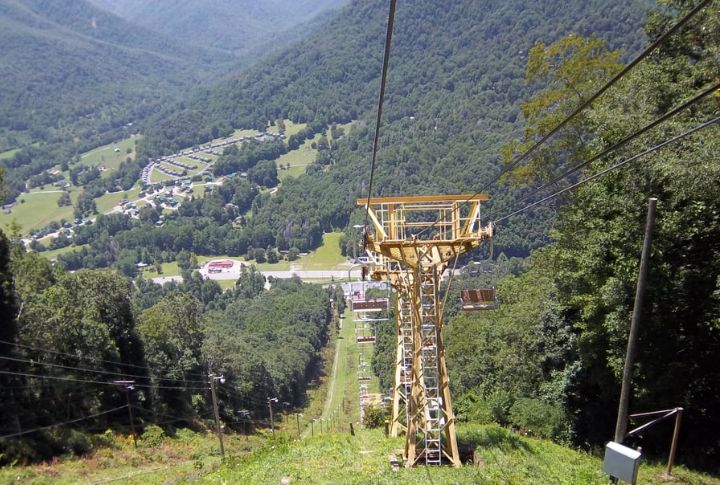
Perched high above Maggie Valley, this Wild West park opened in 1961 with gunslingers, saloons, and sweeping mountain views. Visitors once rode chairlifts to its wooden streets. Though it shut down in 2002, brief revivals followed until 2016, before financial troubles and legal battles ended it for good.
Six Flags New Orleans, Louisiana
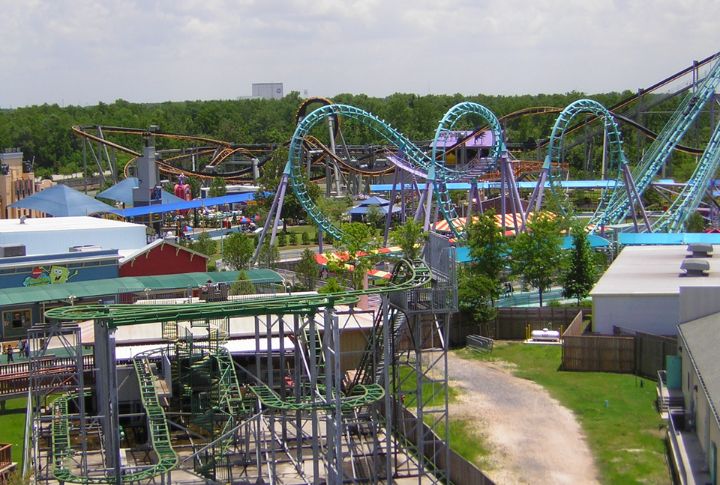
When Hurricane Katrina struck in 2005, Six Flags New Orleans was submerged and never reopened. Rusting rides stood as eerie reminders until demolition began in 2024. Once a filming site for movies like “Jurassic World,” it’s now restricted. The twisted remains slowly disappear beneath bulldozers.
St. Thomas, Nevada

Long before Lake Mead shimmered across the desert, St. Thomas thrived as a small Mormon settlement founded in 1865. When the Hoover Dam rose, its waters swallowed the town in the 1930s. Today, receding levels reveal crumbled homes, a church, and school foundations.
Booger Hollow Trading Post, Arkansas

Tourists once stopped along the Ozarks to snap photos at Booger Hollow, a roadside oddity with a “Population: 7” sign and a two-story outhouse. Quirky charm defined it until the early 2000s, when it shuttered for good. The empty trading post now stands as a weathered relic of roadside Americana.
North Field, Tinian

North Field on Tinian Island launched the atomic bomb missions that ended World War II. The Enola Gay and Bockscar both departed from their runways. While abandoned, the cracked tarmac and preserved bomb pits mark a silent proof of war’s enduring shadow.
Centralia, Pennsylvania
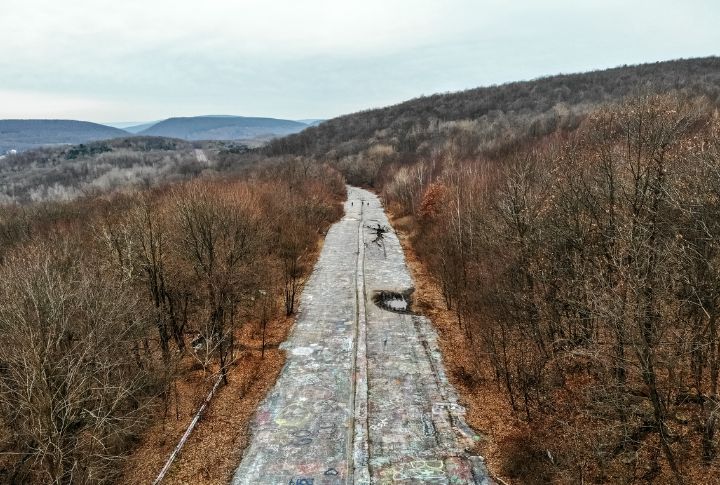
In 1962, an underground coal fire ignited beneath Centralia and never stopped burning. Smoke seeped through the streets and forced nearly everyone to leave. Buildings vanished, roads cracked, and graffiti claimed the abandoned highway. Though nearly empty, Centralia’s eerie scenery inspired the horror game “Silent Hill.”
Alcatraz Island (Abandoned Sections), California
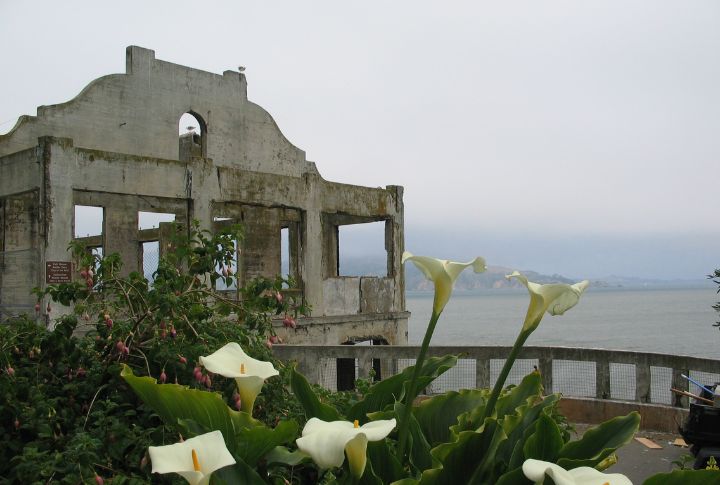
Beyond the main cellblock, several decaying structures remain sealed off, Alcatraz’s walls cracked and silent. Once a federal prison, the island also witnessed a Native American occupation protest in 1969. Rumors swirl about the hospital wing, where whispers and shadows keep the island’s darker past alive.
Cerro Gordo Mines, California
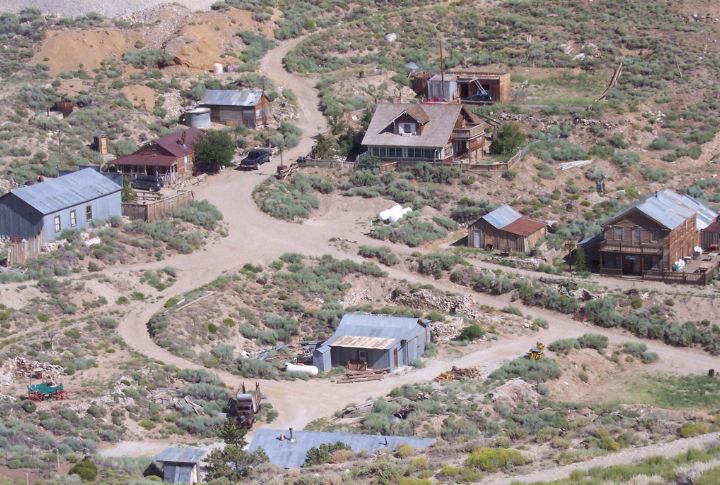
High above Owens Valley, Cerro Gordo boomed in the late 1800s as California’s largest silver producer. The once-rowdy mining town emptied when the veins ran dry. Now privately owned, its leaning shacks and mine shafts draw history lovers and explorers chasing ghost stories from the Wild West’s richest hill.
Majestic Hotel, Arkansas

Steam from Hot Springs once drifted past the neon glow of the Majestic Hotel, first built in 1882 as the Avenue Hotel and renamed in 1888. A favorite of celebrities and spa-goers, it thrived for decades before closing in 2006. Fires later scarred its walls, but its legend still lingers.
Grossinger’s Catskill Resort, New York
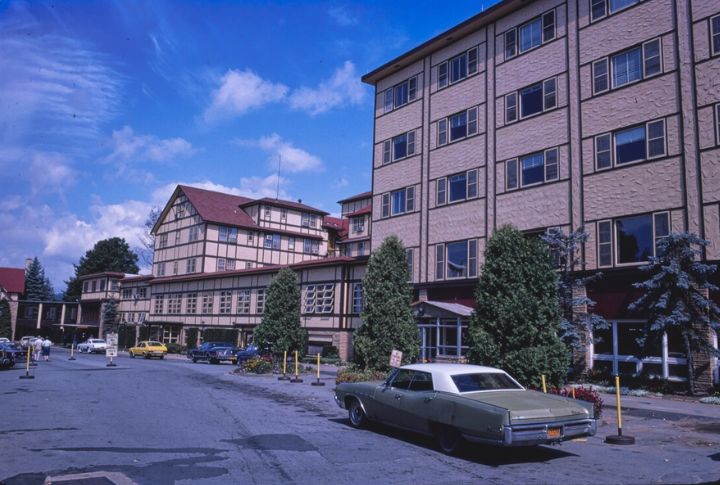
Before jet travel, the Catskills were America’s playground, and Grossinger’s was its crown jewel. Opened in the 1910s, the resort hosted celebrities and even championship boxers. After closing in 1986, ivy and silence claimed its halls. Guests once arrived by private airstrip. Today, only birds touch down there.
Salton Sea, California

An engineering accident in 1905 turned a desert basin into the Salton Sea, once a sparkling resort oasis. For decades, its beaches buzzed with visitors. Then pollution and rising salinity drove them away. The ghostly shorelines, littered with fish bones and crumbling motels, resemble another planet.
Rhyolite, Nevada

Gold fever built Rhyolite fast and left it faster. Founded in 1904, it had a train station and even a bottle house made from over 50,000 beer bottles. By 1916, it was deserted. Artists later filled its ruins with ghostly sculptures that stand beneath the desert sun.
Glenrio, Texas/New Mexico

Straddling two states, Glenrio thrived on Route 66 traffic until the interstate bypassed it. Gas stations and diners closed overnight, leaving a town split between Texas and New Mexico—its post office in one, train depot in the other. Later, tumbleweeds roll where road-trippers once filled the cafes.
Michigan Central Station, Michigan

When Detroit’s Michigan Central Station opened in 1913, the Beaux-Arts grandeur embraced progress. Trains roared out toward America’s heartland. By 1988, silence fell, and the station decayed into a cinematic ruin featured in “Transformers.” Ford purchased it in 2018 to make it a technology campus.
Deauville Beach Resort, Florida
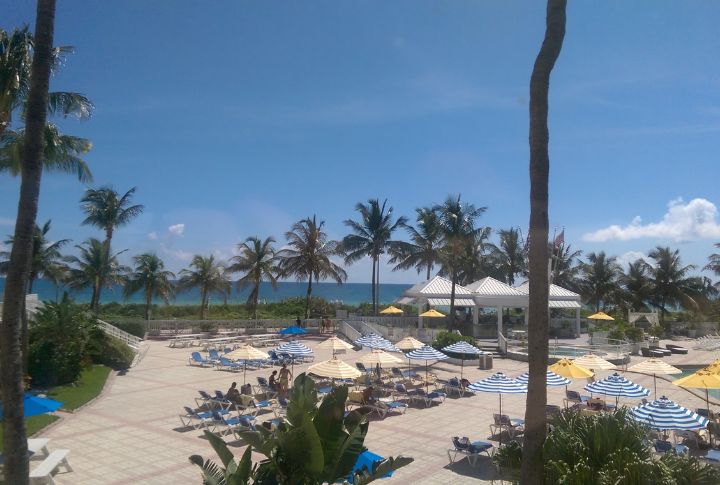
Miami Beach once shimmered around the Deauville, which opened in 1957. It’s a glamorous escape where The Beatles played their second U.S. show in 1964. The ballroom pulsed with life, yet time and neglect caught up. Closed since 2017 and now under demolition, the fading resort mirrors Miami’s shifting tides.
Fort Jefferson, Florida
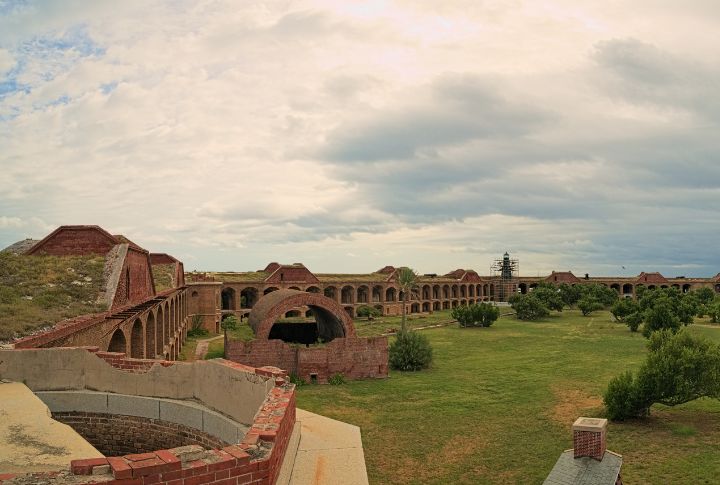
Rising from turquoise waters in the Dry Tortugas, Fort Jefferson was a colossal 19th-century coastal fortress that never reached completion. Once a Civil War prison, it famously held Dr. Samuel Mudd, the doctor who aided Lincoln’s assassin. Now abandoned, it’s accessible only by seaplane or boat—an isolated monument to unrealized ambitions.

